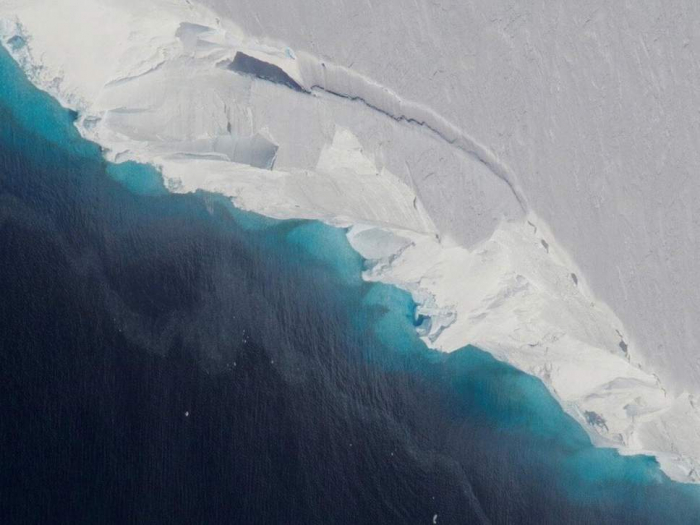Space, which is big enough to contain 14 billion tons of ice and covers an area two-thirds the size of Manhattan, was spotted by Nasa on a mission to measure the region’s disintegrating ice.
Scientists made several “disturbing” discoveries while examining Thwaites glacier, and while they expected to find gaps between the ice and bedrock they were surprised by the scale.
The cavity also appears to have grown very rapidly, with most of the ice melting within the past three years.
Understanding the pace of glacier melting in Antarctica is vital to estimate how fast sea levels around the world will rise due to climate change.
Cavities underneath glaciers can exacerbate ice loss as they allow relatively warm seawater to lap against the underside, driving further melting.
Thwaites glacier, which is roughly the size of Florida, is thought to be responsible for around 4 per cent of global sea level rises, but the new results gathered by the researchers suggest this is an underestimate.
Owing to the difficulty in accessing and monitoring glaciers, Nasa uses ice-penetrating radar from planes flying over the region to build up a picture of what is going on below.
“We have suspected for years that Thwaites was not tightly attached to the bedrock beneath it,” said Dr Eric Rignot of Nasa’s Jet Propulsion Laboratory.
“Thanks to a new generation of satellites, we can finally see the detail.”
The scientists are also concerned about the “grounding line” where the glacier connects with the landmass underneath.
As ice on top of the glacier melts, it makes the overall mass lighter, meaning it floats higher on the water, pushing the grounding line further back and exposing more of the ice to warm water.
“On the eastern side of the glacier, the grounding-line retreat proceeds through small channels, maybe a kilometre wide, like fingers reaching beneath the glacier to melt it from below,” said Dr Pietro Milillo, also from Nasa, who led the study.
The results are published in the journal Science Advances.
More about: Antarcticglacier
















































